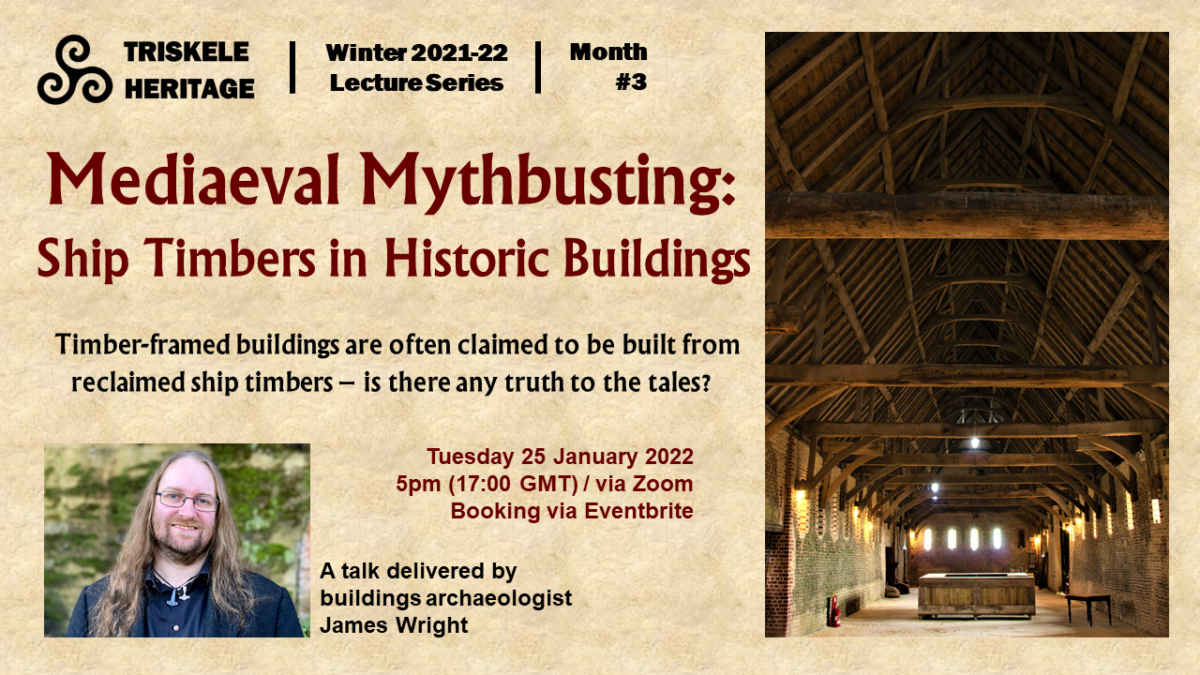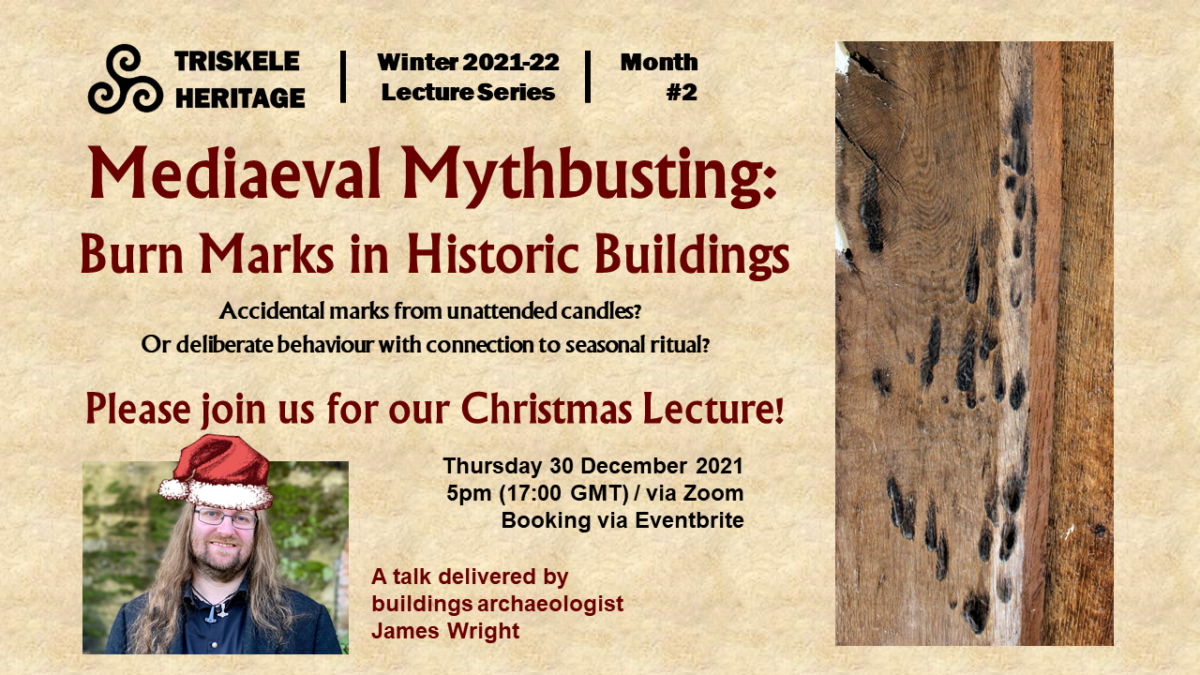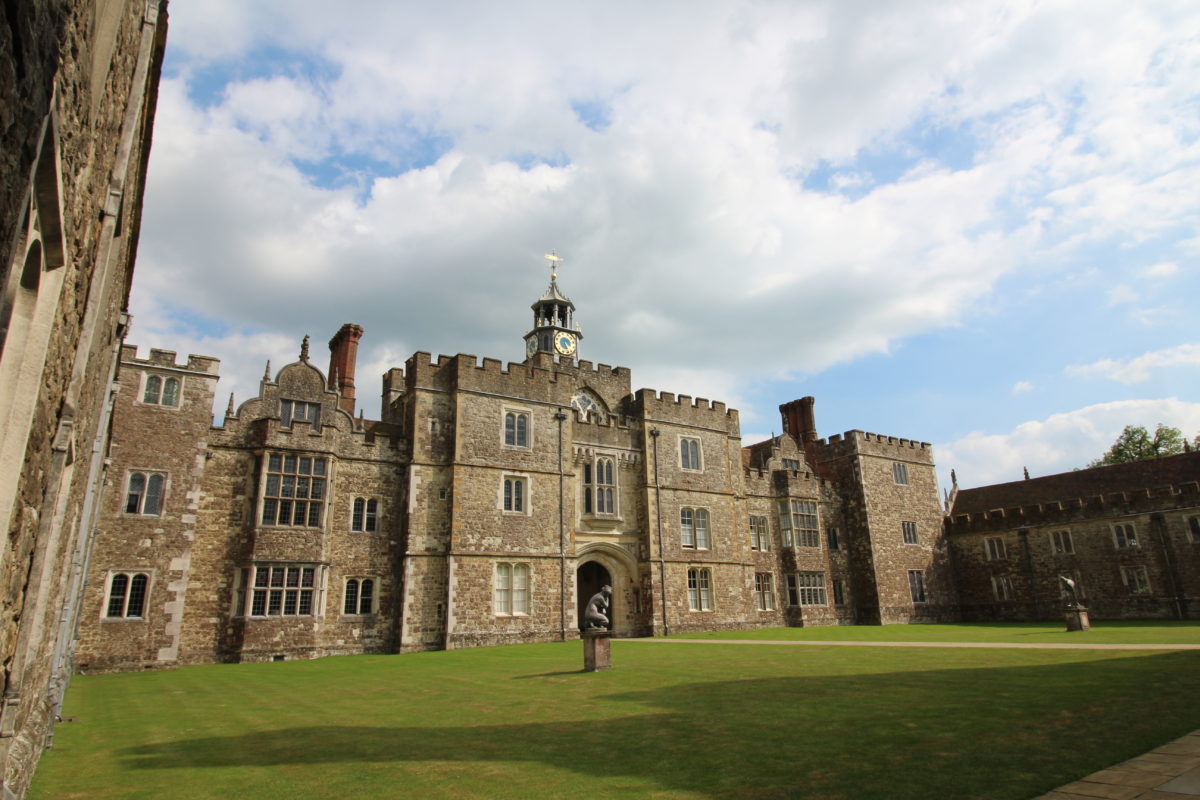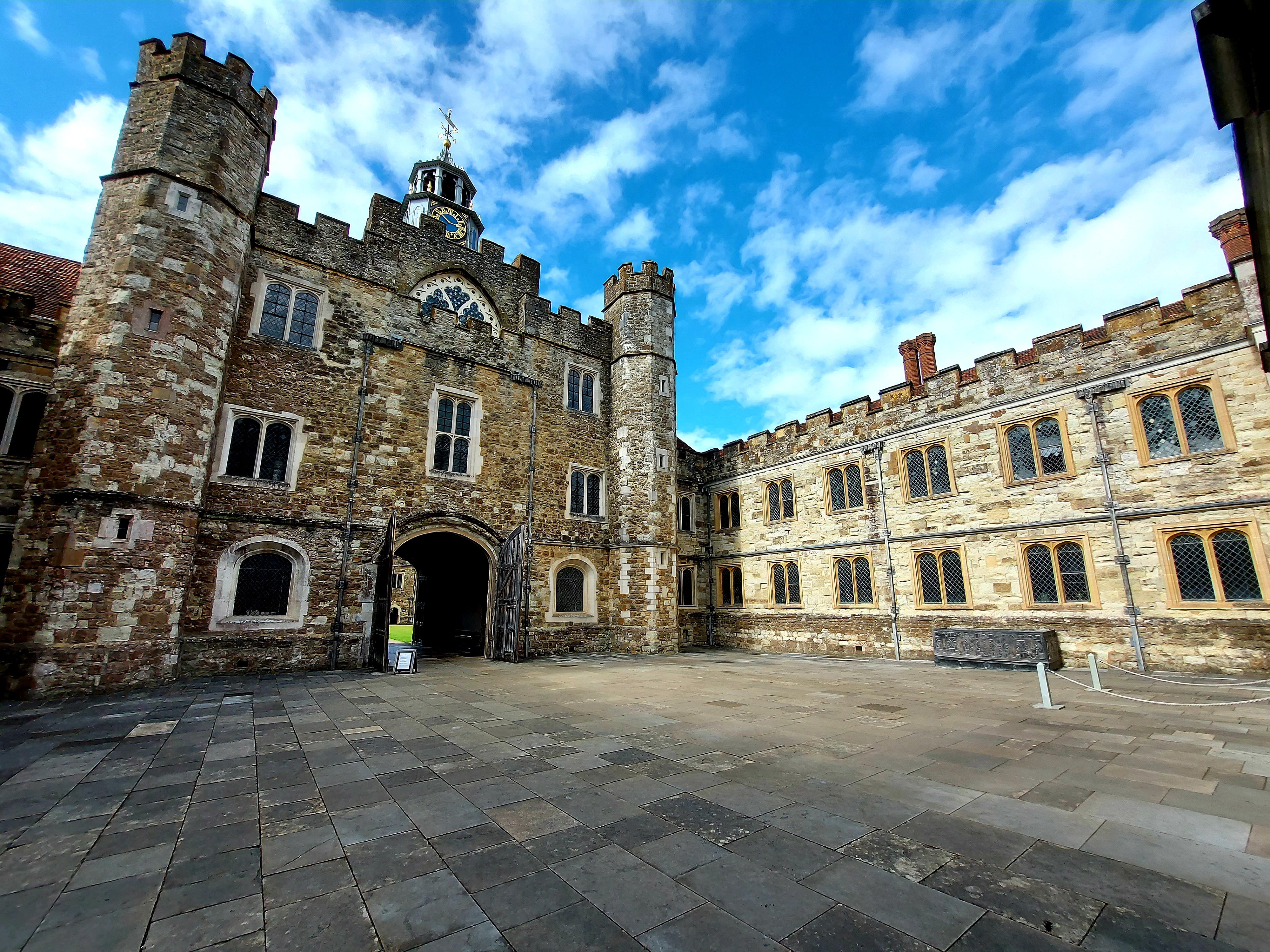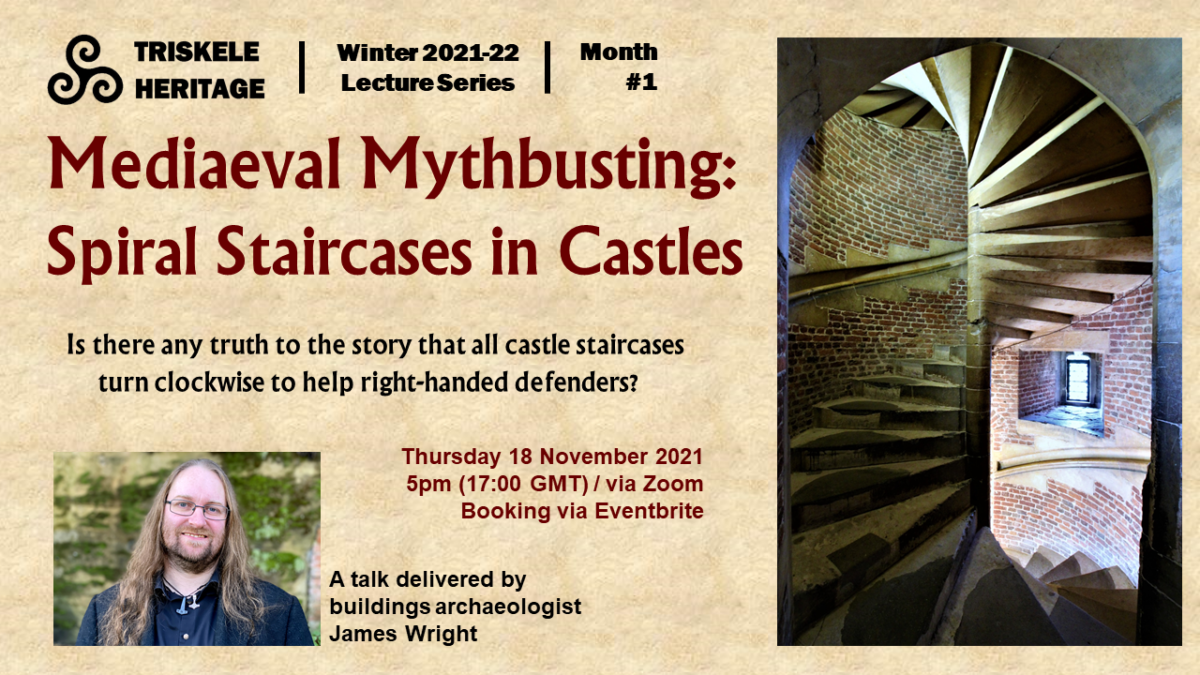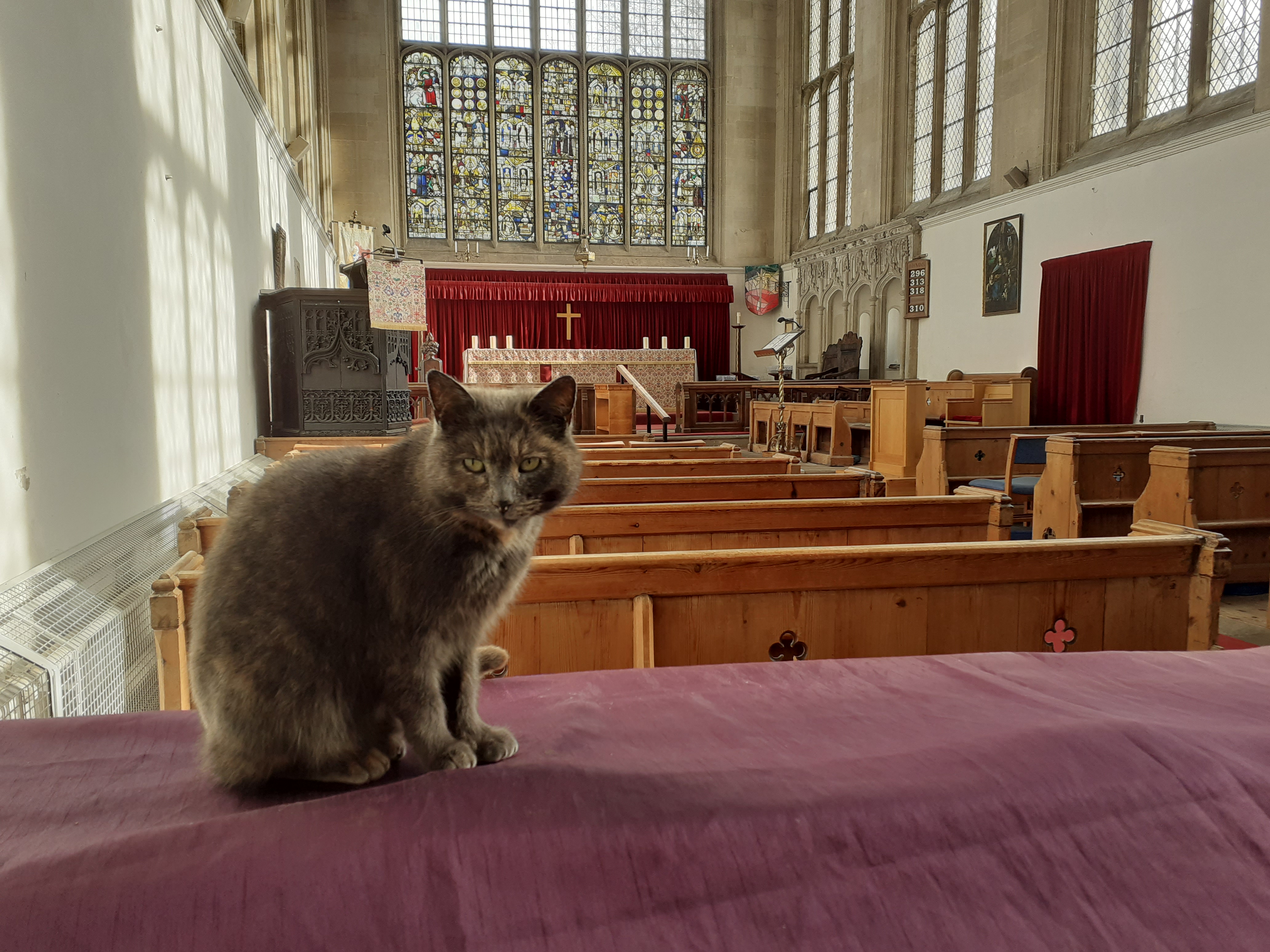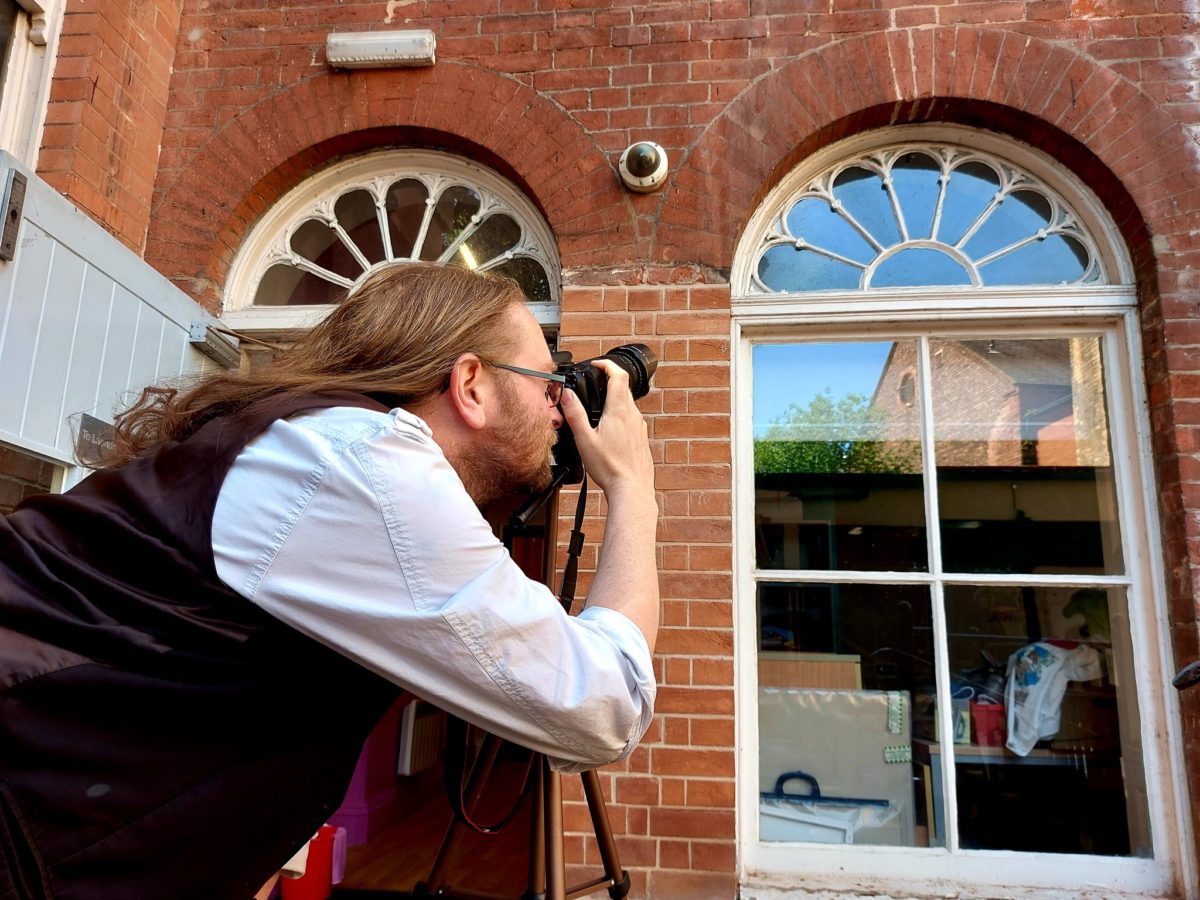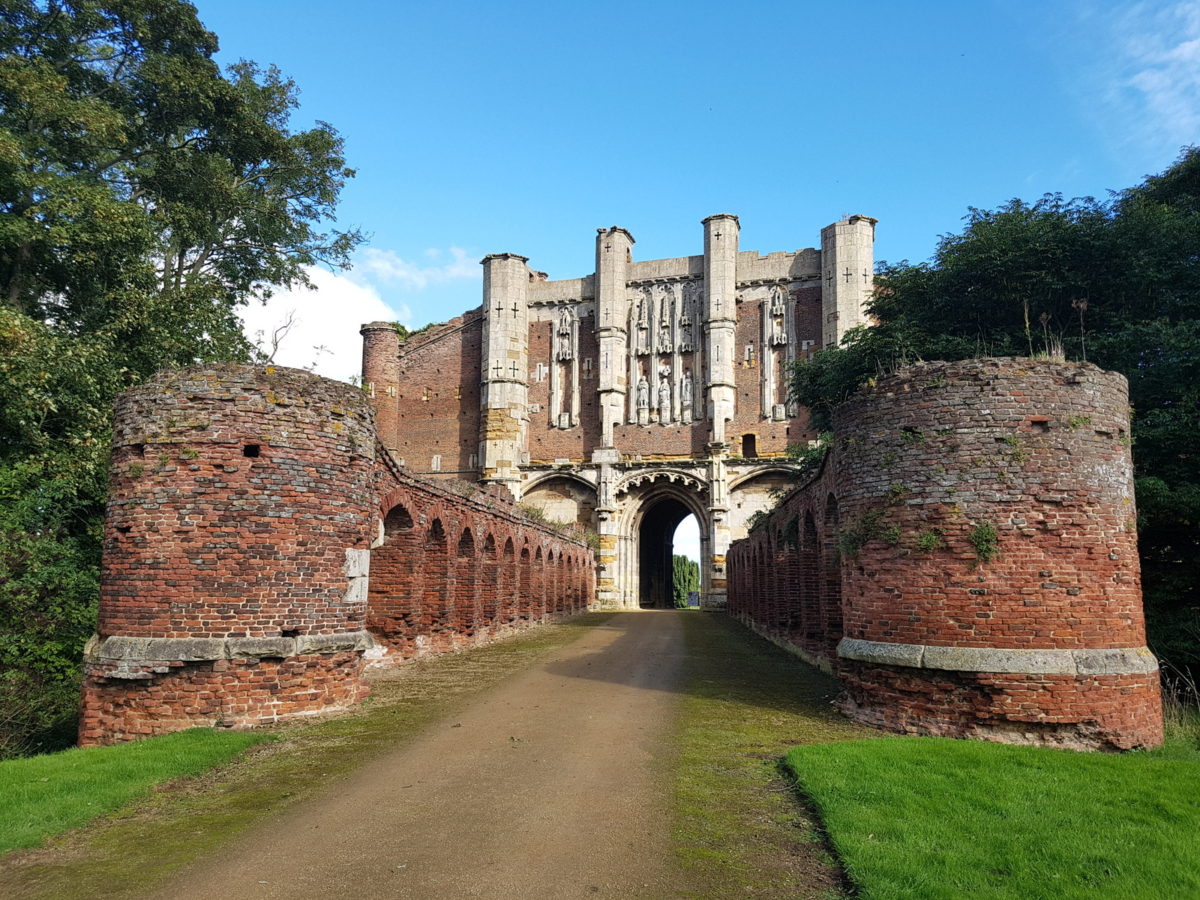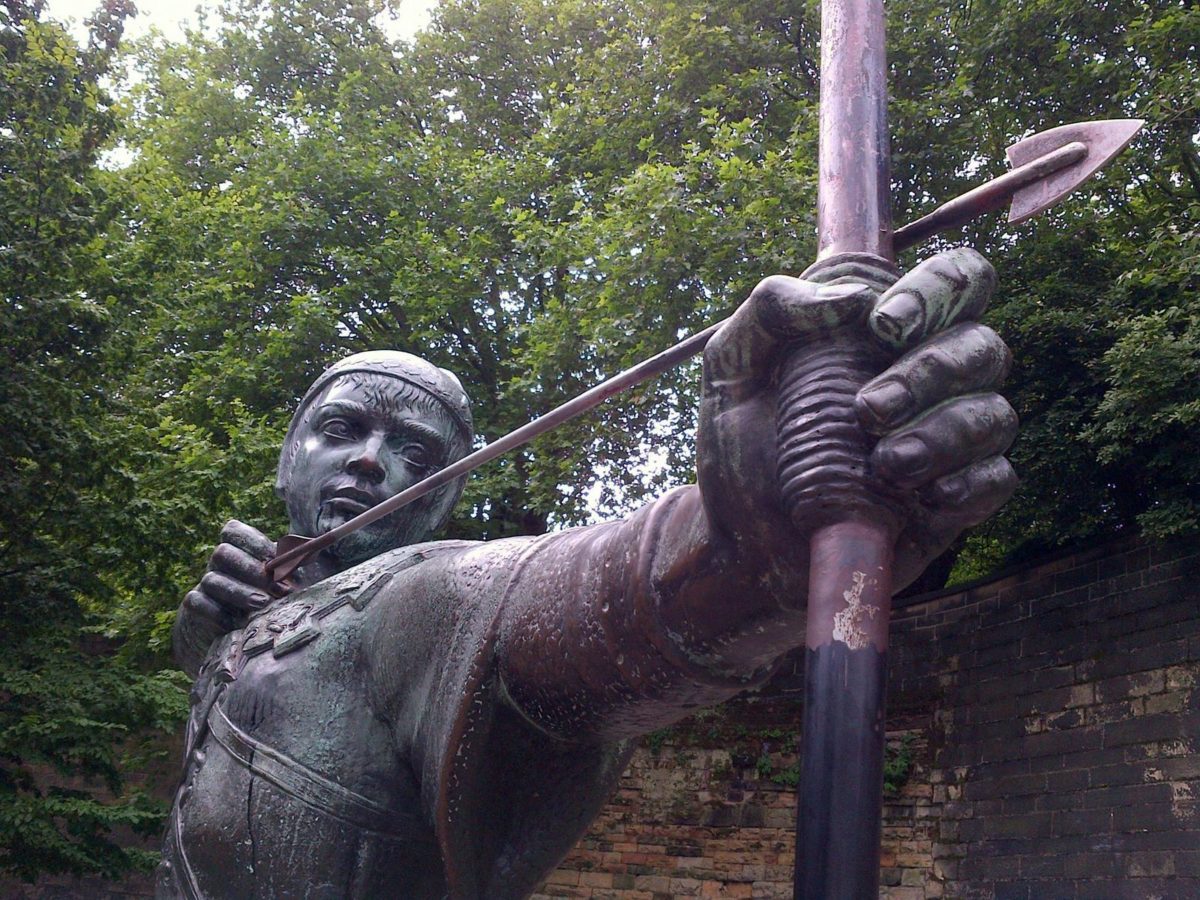Triskele Heritage are increasingly concerned by the actions of the Conservative government which are having a gravely adverse effect on the conservation of this country. Heritage organisations across the UK are under a sustained ideological attack. This is not a hyperbolic statement. The reported actions of the Conservative government speak for themselves.
Government Policy Leading to Departmental Closures
During 2021 the following decisions have been made:
19 January: Conservative government announcement that STEM (Science, Technology, Engineering & Mathematics) subjects will receive priority funding at UK universities (Please note: we are supportive of due and proper funding of university departments. We are not, however, supportive of that funding coming at the expense of other departments).
26 March: A further Conservative government announcement indicates: ‘A reduction by half to high-cost subject funding for other price group C1 subjects – that is, for courses in performing and creative arts, media studies and archaeology.’
1 April: Staff at the University of Chester were put on notice of the closure of the Department of Archaeology.
15 April: London South Bank University announces the immediate closure of its history department.
16 April: It is reported that Aston University is considering the closure of its History, Language and Translation Department.
Friday 21 May: Reports began to emerge that the University of Sheffield were considering the fate of the Department of Archaeology.
Wednesday 26 May: Dr Hugh Willmott of the Department of Archaeology at the University of Sheffield announced that the executive board of the university had decided to close the department.
Whilst acknowledging that universities are independent and autonomous entities, the UK government directly provides approximately 18% of departmental budgets and 66% of research funding. The proposed cuts send a clear and chilling message to university administrators – heritage is no longer a priority. It is hard to conclude anything other than the Conservative government have made a deliberate decision to defund the formal study of history and archaeology in the UK.
Government Interference with Museum Appointments
Conservative government decisions appear to have been made on ideological grounds as they continue to further embroil themselves in what has been criticised as a ‘culture war’. Conservative ministers have recently intervened to stifle dissenting voices from the world of UK heritage through a demand that trustees of museums sign a pledge to support the government’s view on contentious histories such as Britain’s slavery legacies:
27 September 2020: It was reported that Conservative government minister Oliver Dowden threatened the funding of UK museums who remove or reinterpret controversial artefacts.
1 May 2021: It was reported that the reappointment, as trustee of the National Maritime Museum, of Dr Aminul Hoque – a researcher who has called for the ‘decolonising of the curriculum’ – was blocked by Conservative government minister Oliver Dowden.
6 May 2021: Reports emerged that Dr Sarah Dry withdrew from her appointment to the Science Museums Group after the Conservative government demanded a pledge of loyalty to its own position on ‘contested heritage’.
Government Attitudes to Conservation
For an organisation named the “Conservatives” the current government seem to have a very high-handed and combative attitude towards the values of conservation. This pattern of behaviour includes (but is not limited to) significant cuts to local authority budgets which led to the redundancy of many heritage workers, controversy over significant damage to heritage assets caused by the High Speed 2 rail project and the Conservative Prime Minister’s pledge to cut conservation mitigation in favour of developers. In his own words: ‘Newt-counting delays are a massive drag on the prosperity of this country.’ This is a deeply worrying and inaccurate attitude.
Triskele Heritage remain vehemently opposed to this sustained attack on UK heritage. The Conservative government does not seem to have meaningful understanding, consideration or respect for archaeology, history or conservation. Their actions are tremendously short-sighted and are having an enormously negative impact on this country.
The Conservative government’s continuing inability to engage in honest dialogue over the contested histories of Britain’s slave legacies is deeply at odds with the attitudes of the general public and the wider world. Equally, voters are very much turned off when they find their conservation concerns trampled on by developers given free reign by the government. The part which heritage plays in national life is of supreme significance and is being deliberately overlooked and defunded by the Conservative government on ideological grounds.
Value of Heritage
Here are some facts and figures as to why the Conservative government urgently needs to row back on its current trend of attacking UK heritage:
- There are 58.6 million individual visits to heritage sites and 73% of adults resident in the country visit at least one such location in a 12 month period.
- There are 134,000 jobs in built heritage tourism alone which produce £5.1 billion annual output. Overall there are 328, 700 people employed in the heritage workforce.
- Heritage tourism is worth some £20.2 billion per annum to the nation. Trained archaeologists, historians and conservators are key to the health of this financial ecosystem.
- Four of the world’s top 10 ranked archaeology departments are based in the UK.
- Employer demand for qualified UK archaeological practitioners is both high and growing to the extent that the Conservative government themselves have included the profession on its own shortage occupations list.
- Heritage and culture has been identified by the government as being an essential asset to the mental wellbeing of the nation
The continued attacks by the Conservative government on heritage organisations are already having a deleterious effect on the health, social, cultural and economic well-being of the nation. It must cease and the trend reversed with immediate effect.
Triskele Heritage stand in full solidarity with our friends and colleagues effected by these appalling decisions made by the Conservative government.
James Wright FSA
Director – Triskele Heritage


